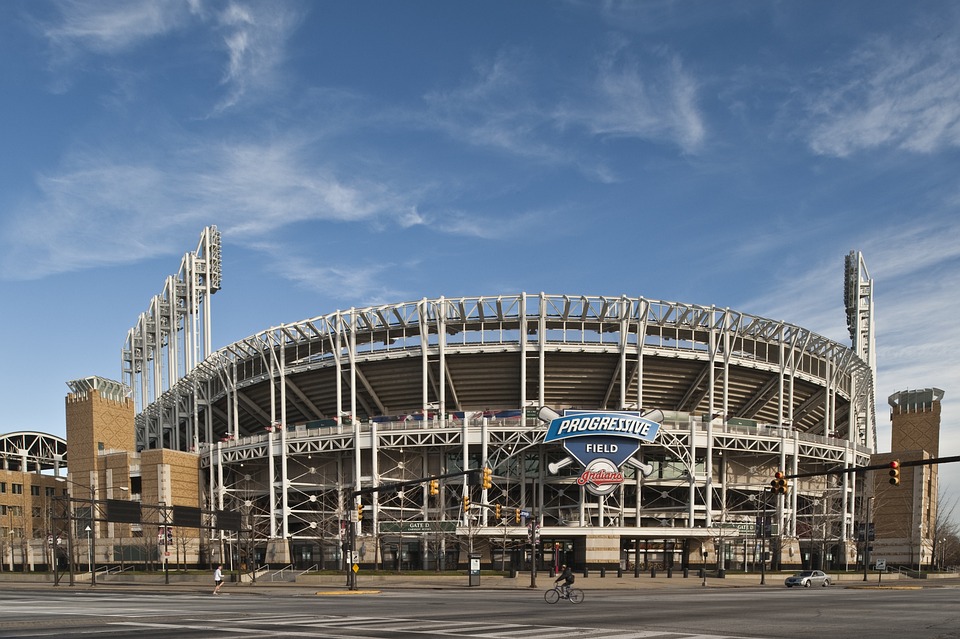From Occupy Wall Street to Bernie Sanders: The Evolution of the Progressive Movement
The Birth of Occupy Wall Street
The progressive movement in the United States has undergone a significant shift in recent years, leading to the emergence of new grassroots movements and a surge in support for leftist candidates like Bernie Sanders. One of the key moments in this evolution was the Occupy Wall Street movement, which began in September 2011 in New York City’s Zuccotti Park.
Occupy Wall Street was a protest movement that focused on income inequality, corporate greed, and the influence of money in politics. The movement captured the attention of the nation and sparked a wave of protests in cities across the country. Participants in the movement camped out in public spaces and organized marches and rallies to draw attention to their concerns.
Challenges and Criticisms
While Occupy Wall Street was successful in bringing attention to economic inequality and corporate power, it also faced criticism for its lack of clear goals and organization. Some critics argued that the movement was too focused on symbolic actions and lacked a clear strategy for achieving its goals.
Additionally, Occupy Wall Street faced challenges in maintaining momentum and building lasting political power. The movement struggled to translate its energy and enthusiasm into concrete policy changes or electoral victories.
The Rise of Bernie Sanders
Despite these challenges, the energy and enthusiasm of the progressive movement continued to grow in the years following Occupy Wall Street. One of the key figures to emerge from this movement was Bernie Sanders, a self-described democratic socialist and champion of progressive policies.
Sanders’ 2016 presidential campaign brought many of the ideas and concerns raised by Occupy Wall Street into the mainstream political conversation. His calls for universal healthcare, free college tuition, and a $15 minimum wage resonated with a wide swath of the American public, particularly young people and working-class voters.
Bringing Progressive Policies to the Forefront
Sanders’ campaign helped to shift the Democratic Party to the left and put progressive policies like Medicare for All and the Green New Deal at the forefront of the political agenda. While Sanders ultimately lost the Democratic nomination to Hillary Clinton, his campaign laid the groundwork for a new wave of progressive candidates and activism.
The Progressive Movement Today
Today, the progressive movement in the United States is stronger than ever, with a growing number of organizations and activists working to advance a bold vision for social and economic justice. Groups like the Sunrise Movement, Justice Democrats, and Our Revolution are mobilizing young people and progressives to push for policies that address climate change, income inequality, and corporate power.
Progressive candidates like Alexandria Ocasio-Cortez, Rashida Tlaib, and Ilhan Omar have been elected to Congress, bringing a new energy and commitment to fighting for progressive policies. These politicians, often referred to as the “Squad,” have become powerful voices for change within the Democratic Party.
The Future of the Progressive Movement
As the progressive movement continues to grow and evolve, there are challenges and opportunities ahead. One key challenge will be maintaining unity and momentum within the movement, as different groups and individuals may have different priorities and strategies for achieving their goals.
Another challenge will be overcoming obstacles like money in politics and entrenched interests that stand in the way of progressive change. Building a broad and diverse coalition of support will be crucial for advancing a progressive agenda and winning electoral victories.
Despite these challenges, the progressive movement has the potential to enact meaningful change and build a more just and equitable society. By staying true to its values and working together towards common goals, the movement can continue to make a difference in the lives of millions of Americans.
In conclusion, the evolution of the progressive movement from Occupy Wall Street to the rise of Bernie Sanders has been a powerful and inspiring journey. With a renewed focus on grassroots activism, progressive policies, and electoral engagement, the progressive movement is poised to shape the future of American politics for years to come.
